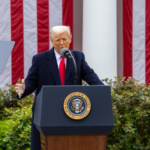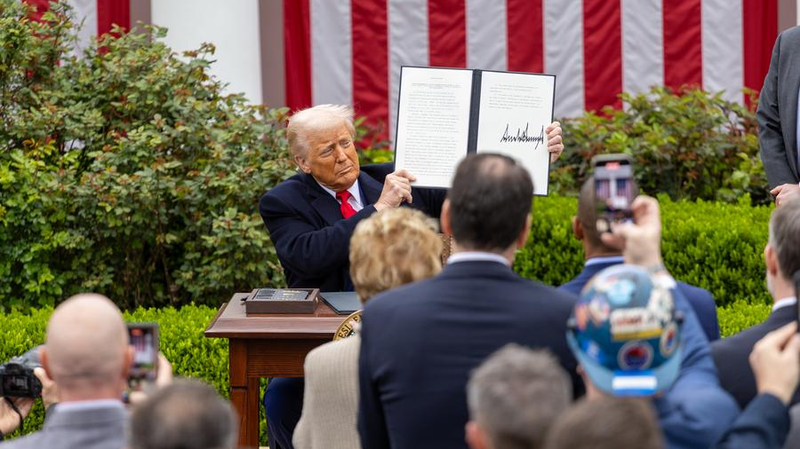New analysis suggests U.S. tariffs imposed on Chinese goods under former President Donald Trump may have backfired — potentially strengthening China's economic resilience while causing ripple effects across global markets. 🌍💼
Trade Wars & Historical Ghosts
When Trump signed 2018 tariffs hitting $370B in Chinese imports, critics warned of 1930s-style trade war risks. The move echoed protectionist policies like the Smoot-Hawley Act that deepened the Great Depression. 📉 Though intended to protect U.S. industries, studies show tariffs raised consumer prices by $57B annually and cost 245,000 American jobs, per Peterson Institute data.
China's Innovation Leap
Ironically, the pressure fueled China's tech transformation. Facing trade barriers, Chinese companies doubled down on AI, renewables, and advanced manufacturing. 🚀 Domestic supply chains grew 34% more self-sufficient between 2018-2023, while exports to ASEAN and EU nations surged — reducing U.S. market dependence from 21% to 16%.
Belt & Road: The Game Changer
China’s global infrastructure initiative created new trade corridors, with BRI partners now accounting for 46% of total exports. The strategy helped companies like Huawei and BYD expand into emerging markets — think solar farms in Morocco or EV factories in Thailand. 🌏
Meanwhile, China’s domestic stimulus (tax cuts, infrastructure projects) kept GDP growth above 5% through the trade war. “Forced innovation often sparks breakthroughs,” notes economist Li Wei. “This became China’s 'Sputnik moment' for tech independence.”
Reference(s):
cgtn.com



